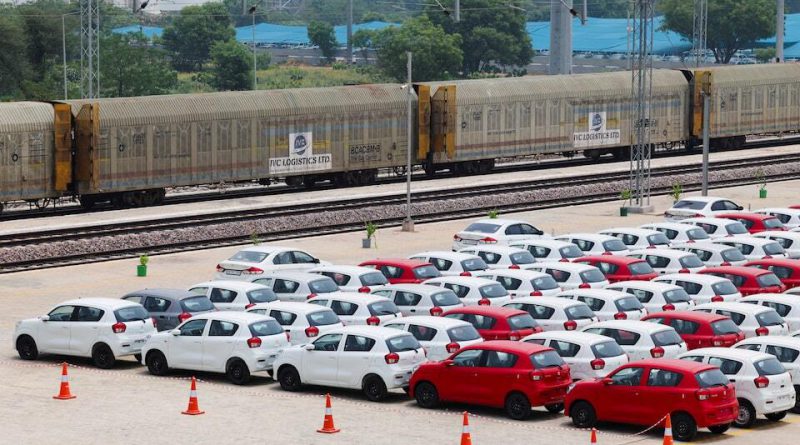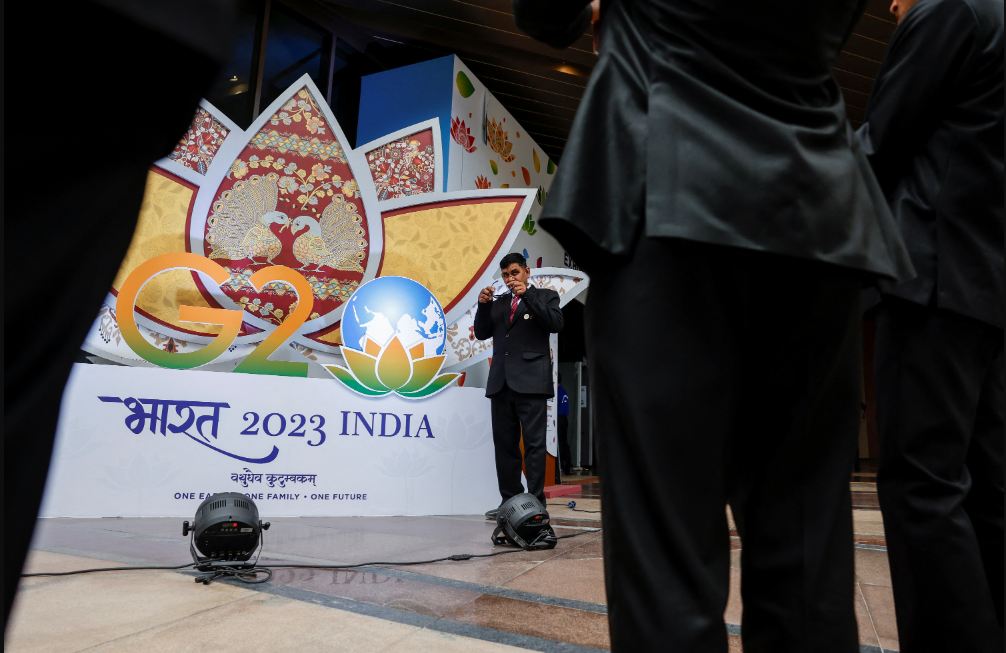Indian auto dealers forecast strong year-end momentum after record-breaking October sales
India’s automobile market is riding a wave of optimism as tax cuts, rural demand, and festive season momentum push vehicle sales to new highs, setting the stage for a robust finish to 2025.
India’s auto industry is on track for a stellar year-end, as retail vehicle sales soared to record levels in October, boosted by tax cuts and stronger rural demand.
According to the Federation of Automobile Dealers Associations (FADA), sales jumped 40.5% year-on-year to over 4.2 million units, marking one of the strongest months in recent years.
The October surge follows the simplification of the Goods and Services Tax (GST) on September 22, which slashed the tax rate on entry-level two-wheelers and compact cars from 28% to 18%.
The move has revitalized demand in the price-sensitive segment, particularly among first-time buyers and rural consumers. Dealers say the change has brought prices back to pre-pandemic levels, making cars and motorcycles more affordable to the middle class.
FADA President C.S. Vigneshwar highlighted the sharp recovery in the entry-level car market, describing it as “one of the breakthrough moments” for the sector.
He added that the demand resurgence reflects growing consumer confidence, stable inflation, and better financing options available across rural and semi-urban areas.
Rural markets have emerged as a major growth engine, with retail car sales growing three times faster than in urban centers. Two-wheeler sales also doubled, driven by improved farm incomes and better road connectivity.
The revival in rural consumption underscores India’s shifting economic landscape, where smaller towns are increasingly driving national growth trends.
Market leader Maruti Suzuki echoed this optimism, stating that small-car sales are expected to outpace SUVs, which continue to attract a higher GST rate of 40%.
The company said it anticipates strong demand through the wedding season and the harvest period, when rural households typically experience increased liquidity.
In October alone, passenger vehicle sales rose 11.4%, while two-wheeler sales surged nearly 52%, both hitting record highs.
Industry experts believe this upward trend will continue through the end of the year, supported by upcoming model launches, favorable financing schemes, and pent-up demand from the festive period.
The 42-day festive window between late September and October — which included Dussehra and Diwali — saw overall retail sales rise by 21% year-on-year.
Two-wheeler sales jumped 22%, while passenger vehicle sales increased 23%, demonstrating the combined impact of tax incentives and seasonal buying sentiment.
Analysts say the timing of the GST revision was key to the turnaround. After sluggish demand in early September, the tax cut immediately revitalized consumer spending and lifted sentiment across dealerships.
The simplified GST structure has also reduced paperwork and compliance costs for dealers, allowing them to focus more on customer engagement and inventory management.
The industry’s upbeat mood is further strengthened by a growing lineup of new models from top manufacturers like Hyundai, Bajaj Auto, Hero MotoCorp, and Tata Motors.
These companies are rolling out vehicles designed for fuel efficiency and affordability, targeting young buyers entering the market for the first time.
Looking ahead, FADA expects the strong sales trajectory to continue through December, supported by agricultural cash inflows and marriage season spending.
Many dealers have already reported advance bookings for November and December, signaling continued buyer enthusiasm.
Experts believe India’s auto sector recovery is not just cyclical but structural, driven by economic resilience, expanding credit access, and the government’s focus on manufacturing and logistics infrastructure.
The combination of policy support and rural demand could make 2025 one of the most successful years in India’s auto retail history.
With this momentum, automakers are also optimistic about long-term growth, especially in electric and hybrid vehicles. The success of small cars and two-wheelers indicates a renewed appetite for mobility among India’s youth and working class — a promising sign for the country’s automotive future.


